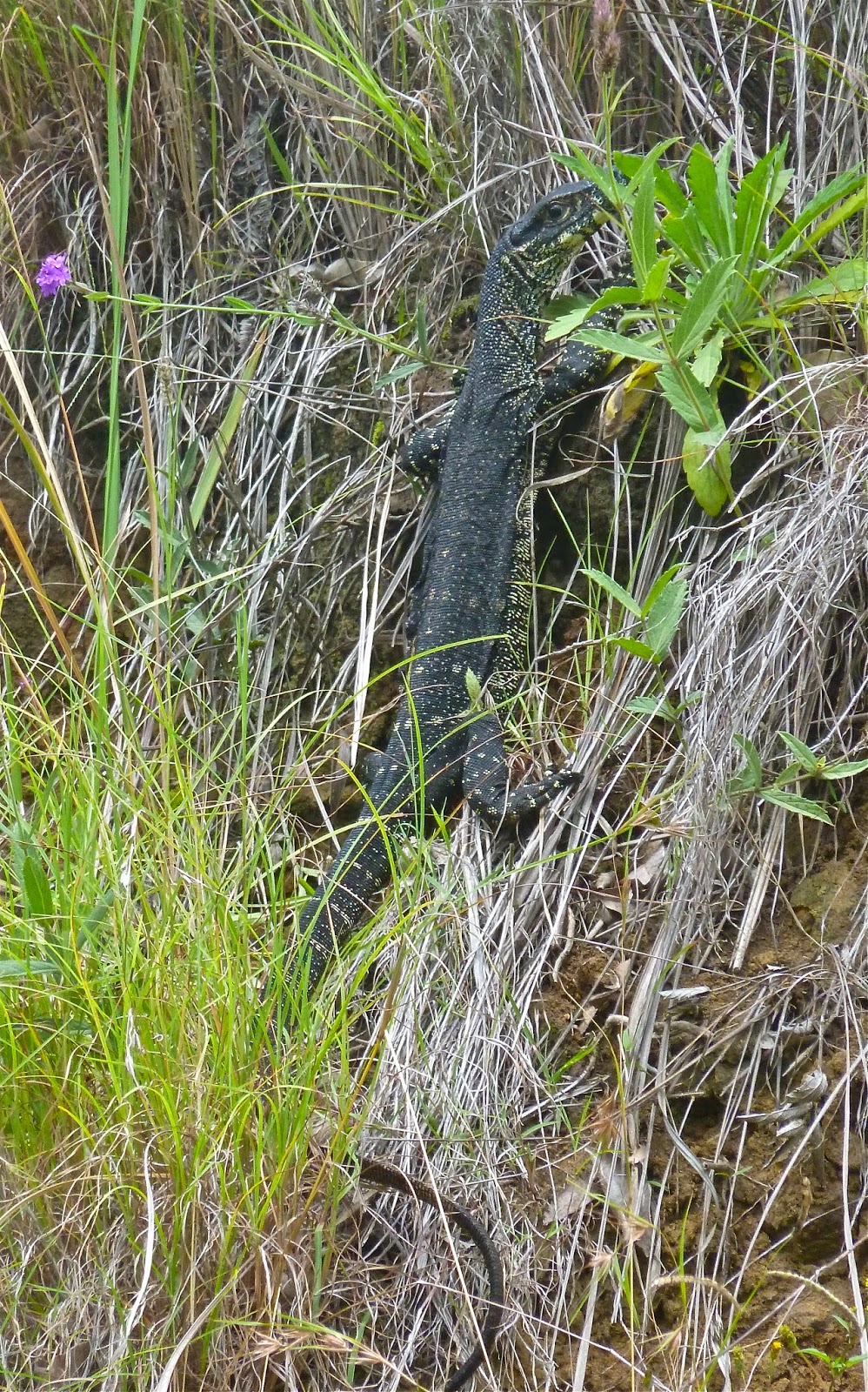I find it extraordinary that this is only just making headlines. And that they were so short-lived.
Syngas (synthesis gas) is produced when coal is burnt at depth in a process known as Underground Coal Gasification (UCG). This is a controversial and 'unconventional' method of gas extraction from coal seams that are too deep to mine otherwise. The gas produced by burning is collected via wells. This is different from coal seam gas production, whereby water is extracted in order to release pressure underground and hence methane that occurs naturally in coal seams. 'Advantages' of UCG are that the landscape is relatively unharmed, emissions are low, and the gas can be used to generate power or be condensed to make liquid fuel such as diesel. On the down side, its extraction is expensive to set up, and the technology is 'highly specialised' and not necessarily familiar to regulators.
Linc Energy has also been investigated by the Department in connection with environmental damage at the Chinchilla operation. This allegedly involved the fracturing of the overburden above the coal seam cavity, with its implication for gas escape. And evidence, during monitoring by the Department, of toxic gas and hydrocarbons in soils below the surface has given rise to speculation about an underground fire.
The concerns of local residents, farmers and communities as a whole about the ill-effects on their health and environment of mining – conventional or otherwise – have intensified in the last few years as the extractive industries have expanded and the people affected have become more numerous, knowledgeable and organised. CSG exploration began in Queensland in 1976 in the Bowen Basin, but was not developed commercially until the early 1990s. By contrast, coal was first exported from Newcastle in New South Wales in 1799.
Last week's Q&A, a few days before Saturday's state election in New South Wales, was broadcast from the Sydney Showground following the Royal Easter Show, and the audience was predominantly rural. A question from a farmer, Sarah Ciesiolka, produced the most animated and heartfelt response from an audience that I've seen on the programme. She said:
I live and farm in the shadow of the largest proposed coal seam gas development in New South Wales. My family puts food on the tables of every Australian. Very little has been said about the large-scale costs and risks of CSG in terms of water, health, air quality, and contamination of the food chain. My question is this. What will it take for the major parties to prioritise the nation's food security and water resources for current and future generations of Australians, because CSG is risking the things that are priceless – clean air, clean water and land to grow clean, healthy food?After a couple of the panellists' views had elicited even more passionate noises from the audience, presenter Tony Jones asked them to raise their hands if CSG was a vote-changing issue for them. He estimated that between a half and three-quarters put their hands up.
Such a degree of concern seemed to have been borne out in certain regions of New South Wales as results came in over the weekend. The Liberal and National shares of the vote were substantially reduced, especially in constituencies where CSG or coal mine expansion is contentious, such as Campbelltown and Upper Hunter. It looks likely, but is not yet confirmed, that the Nationals were booted out by the Greens in Ballina; and the outcome is similarly uncertain down the road in Lismore. This is the Northern Rivers region and beyond, where lush farm land is fiercely protected by objectors. We were there in June last year, and strong feeling was evident in many communities along our route (pictures top and bottom), much more so than in Queensland's Darling Downs, where existing CSG wells and exploration sites for proposals pepper the landscape like a serious rash. In the Queensland state election at the end of January, saving the Great Barrier Reef was the single big environmental issue rather than mining.
During the New South Wales campaign, the Greens called for a statewide ban on CSG, while Labor wants the industry to be kept away from the Northern Rivers, the Pilliga State Forest in the northwest plains of New England, and water catchments. The Baird government has said it will tighten up regulation and monitoring, but a lot of doubt remains about where CSG development will be permitted in the state. Plans for massive expansion of some Hunter Valley coal mines have come to light in the meantime.
Federal Senator Larissa Waters (Greens) has introduced the Landholders' Rights to Refuse (Gas and Coal) Bill 2015. Submissions close on 29 May – write to the Senate Standing Committee on Environment and Communications*. Such rights were done away with by the previous government (LNP) in Queensland. They are vitally important and will hopefully be restored as soon as possible by the new Palaszczuk government.
Increasingly there are those people, however, who believe that fundamental change will ultimately not come about by means of political lobbying but by the people doing it for themselves.

















































































